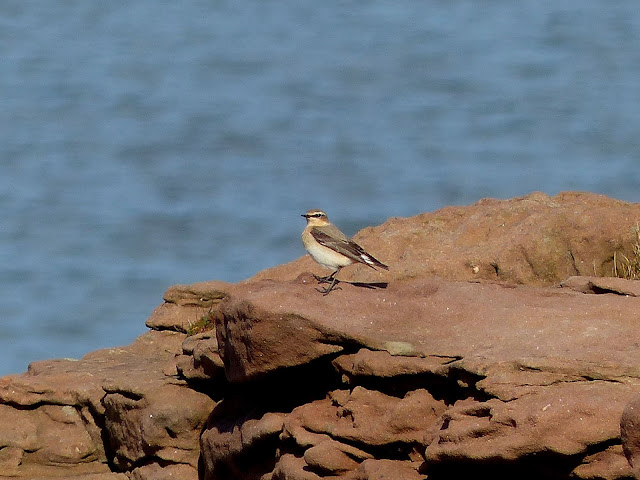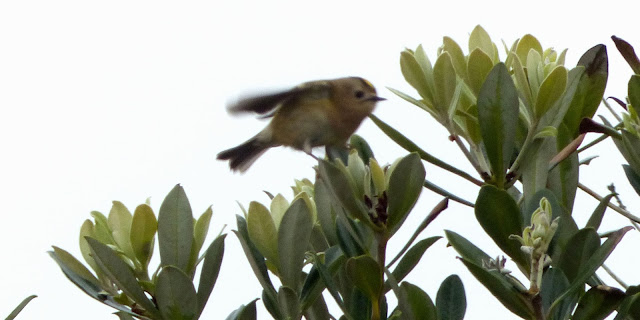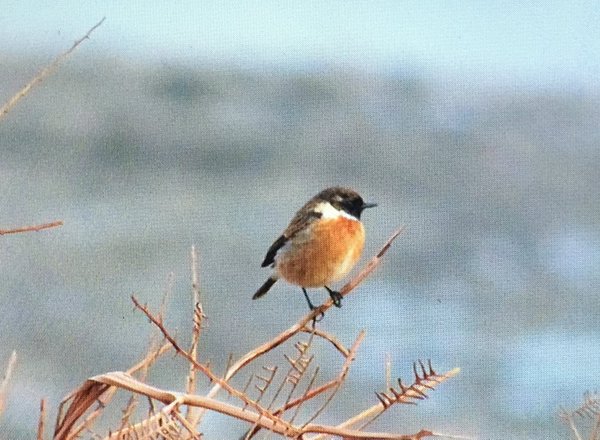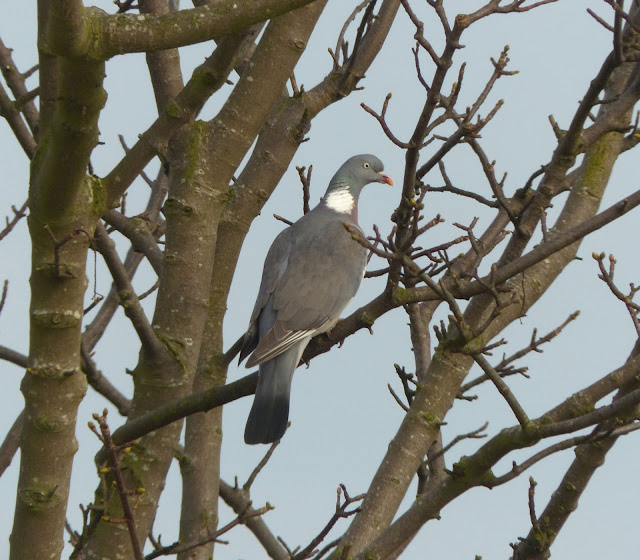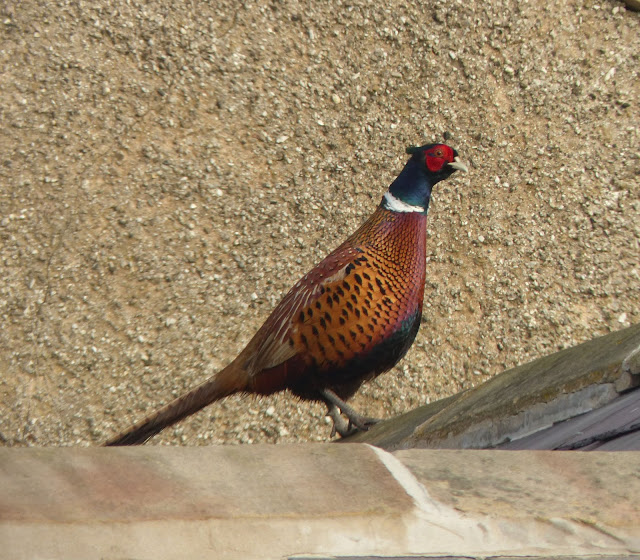Weather: WNW 4, dropping to nil by midday then NW 4 by 6pm; little cloud sunny
A glorious day on the islands today weather wise but the wind direction did little to lift observers spirits that any migrants would be found.
However, the first Sparrowhawk of the spring drifted low over the island not long after dawn and single Merlin and Peregrine were all noted in the first hour of daylight.
Small numbers of Meadow Pipits (34), Alba wagtails (9) and finches, including 22 Goldfinch, passed through.
The highlight of seawatching, from the Obs balcony, was a drake Long-tailed Duck which flew West.
After high tide a Short-eared Owl was disturbed from the bracken North of the Lookout and flew south over the tide being harassed by gulls before alighting on Middle (it was later seen heading towards North Wales with gulls still in hot pursuit).
Pale-bellied Brent Geese number in excess of 200 and small flocks loafed on the ebbing gutter below the Obs garden. See short video here:
http://youtu.be/oROWp4A1V-8
It was such a nice day that the first butterflies appeared and included this Peacock in the Obs garden and two Small Tortoiseshells swirling around each other in the paddocks.
The male Pheasant reappeared on the island and had presumably been hiding somewhere in scrub in the intervening few days.
Finally, visiting birder from North Wales (Marc Hughes) covered the island for a few hours whilst Obs members were off-island and had a superb adult summer plumaged Mediterranean Gull fly over.


